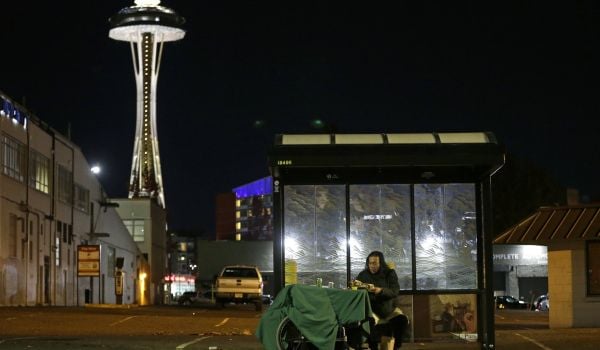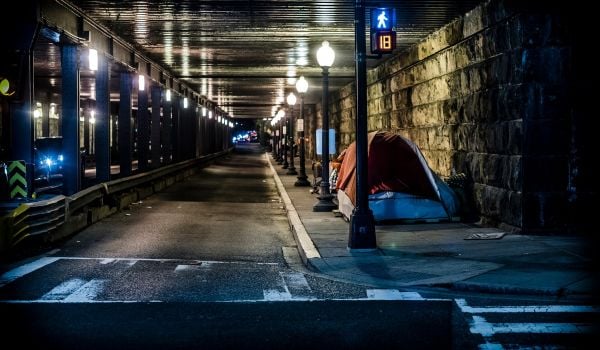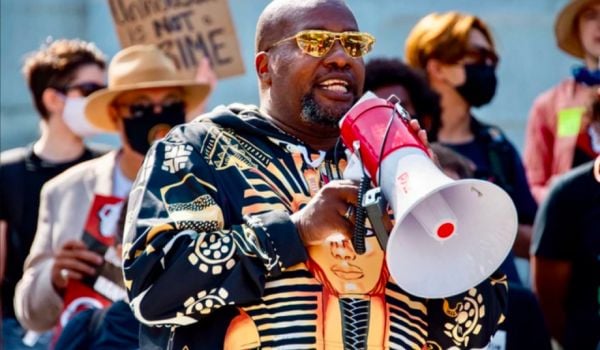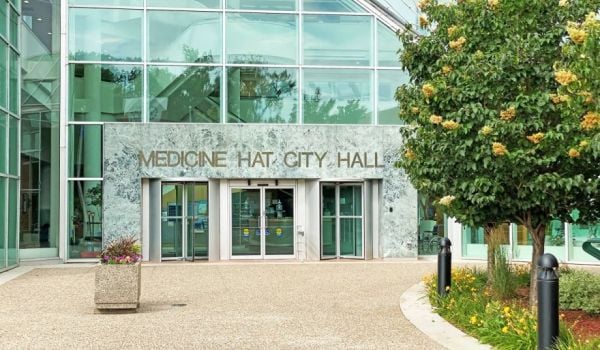At the bookend stages of life, lesbian, gay, bisexual and transgender urban-dwellers have distinctive housing challenges, which are understudied and underreported. But over the past couple of weeks, some noteworthy strides have been made to create equitable housing opportunities for LGBT youth and seniors.
The Growing Need for Senior Housing
On February 10th, the National LGBT Elder House Summit was held at the White House in order to draw attention to the affordable housing needs of a growing population. Currently, the ballpark estimate for LGBT people 55 and older is three million. That number is set to double within the next 15 years.
The New York-based organization Services & Advocacy for GLBT Elders (SAGE) has been a leader in this work, and published “Out & Visible” to get the word out about the growing issue.
One of the pressing economic realities discussed in the report is that gay, lesbian, transgender and gender non-conforming people acquire less lifetime wealth/money for retirement. Policy recommendations on how to counter this fact include building LGBT-friendly housing, training housing providers, and educating elders about their rights when it comes to nursing homes and hospices.
When Philadelphia’s first affordable apartment complex for LGBT seniors started taking applications in 2013, there was a line down the block, and such dedicated developments are on the rise. (The country’s first opened in L.A. in 2007.)
Combating Youth Homelessness in Cincinnati
This week, the Urban Institute released a report about NYC youth who depend on sex work for food and shelter. Among their findings: Homelessness is one of the most common drivers for engagement in survival sex. In the U.S., LGBT youth are 40 percent of the homeless youth population despite only comprising 5 to 7 percent of the overall youth population.
Looking to step up and be more supportive of LGBT youth, a HUD-led homelessness prevention program has just reached the implementation stage in the Cincinnati and Houston regions.
Two Cincinnati organizations, Lighthouse Youth Services and Strategies to End Homelessness, are embarking on a plan to prevent youth homelessness and intervene early enough to make sure that homelessness doesn’t become a chronic problem.
“I strongly support the efforts of the [initiative] in helping to prevent homelessness for LGBTQ youth,” said Cincinnati Mayor John Cranley in a statement. “Until recently, little attention was paid to this problem. We must all commit to working together to extend a helping hand and make sure no one suffers because of their sexual orientation or gender identity.”
The Equity Factor is made possible with the support of the Surdna Foundation.

Alexis Stephens was Next City’s 2014-2015 equitable cities fellow. She’s written about housing, pop culture, global music subcultures, and more for publications like Shelterforce, Rolling Stone, SPIN, and MTV Iggy. She has a B.A. in urban studies from Barnard College and an M.S. in historic preservation from the University of Pennsylvania.

















